Boundary post at the Spreeuwendijk near Petten
Along the Spreeuwendijk in Petten (near Vliewint 35), in a long strip of greenery, stands a bluestone boundary post. This boundary post was probably placed around 1800 and marks the boundary between the Hondsbossche and Pettemer Zeewering. The post is a provincial monument and is surrounded in the grass by four large boulders, with which the seawalls used to be reinforced.

From dunes to dike
In the Middle Ages, the coast at Petten consisted of a narrow and vulnerable strip of dunes. This was exposed to constant erosion by currents along the coast. During the Sint Elizabeth flood of 1421, the sea broke through the line of dunes at Petten. The village was washed away and was later rebuilt some distance inland. At the beginning of the 16th century, a series of groynes was constructed at Petten, longitudinal dams at right angles to the coast. In this way it was hoped to prevent further sand loss. This is how the Hondsbossche Seawall took shape.
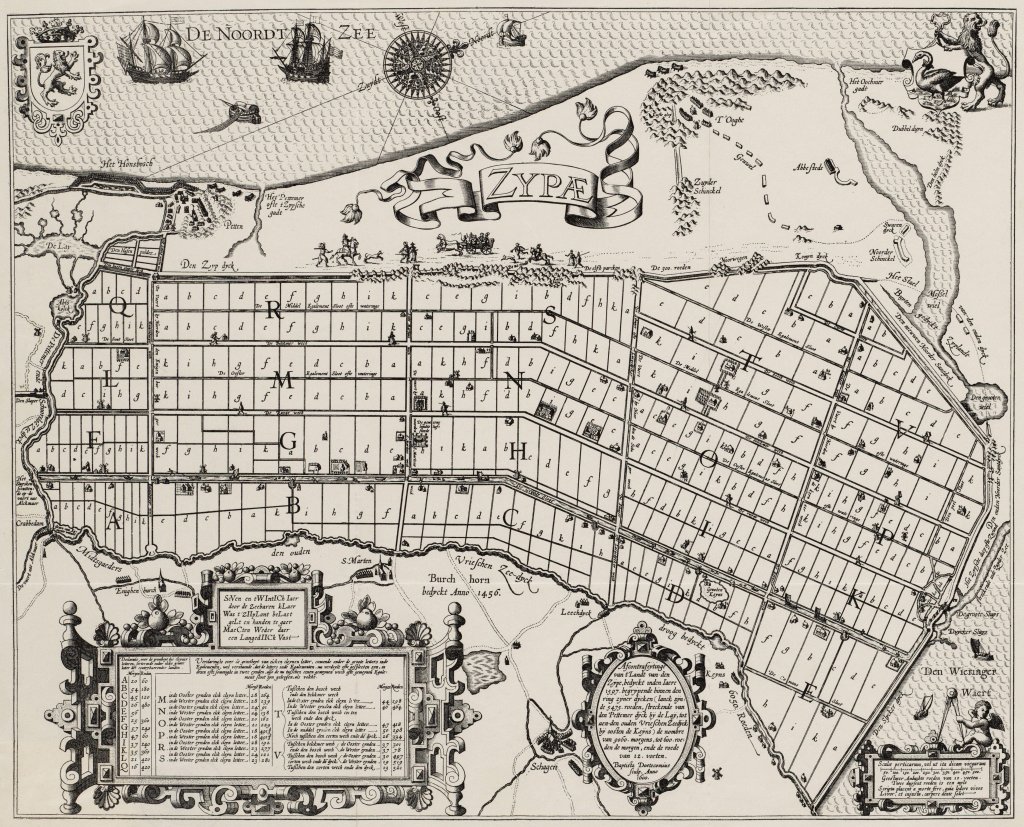
Charles V established a new water board in 1555, the Hoogheemraadschap van de Hondsbossche en Duinen tot Petten, to manage the seawall. However, the groynes were swept off the Map during a storm surge in 1570. Finally, in the early 17th century, they returned to a sand dike planted with marram grass and a wide beach on which the waves could run out. After a series of heavy storms around 1790, the width of the beach had greatly decreased and the sand dike was in poor condition. Therefore, after the necessary research and much discussion, the Hoogheemraadschap van de Hondsbossche began the construction of a new series of beach heads in 1795 to protect the seawall from ongoing coastal erosion.
Poor Petten
The village of Petten was responsible for its own seawall. This was connected to the Hondsbossche, but the district water board was absolutely unwilling to include the coastal defenses of Petten because of the costs. However, the poor fishing village was unable to keep the coastal defenses in order and the region repeatedly had to step in. This support could not prevent Petten from disappearing into the sea again in the last quarter of the 17th century. In 1701 a new church was built some distance inland in the middle of the solitude. The entire village moved to this church and so the present-day Petten arose.
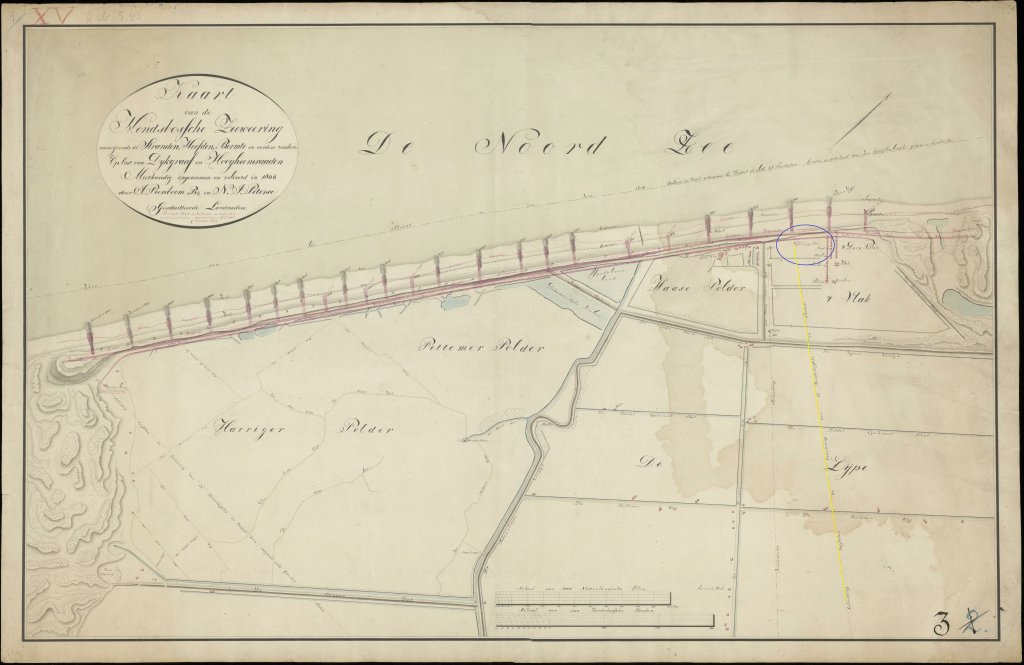
The border post
In 1798, the Empire took over the Pettemer Seawall. This was probably when the post was placed. We see it with boundary line for the first time on a Map from 1806. The post has the shape of a square obelisk that is slightly widened at the top and contains two white coats of arms. The coat of arms on the south side has "Honds Bosch" carved in black letters and "Petten" on the north side. Mold on the north side makes the text less legible. The pole will be refurbished in the fall of 2023. The boundary post is unique because of its designation of the boundary between the seawalls and its unusual shape.
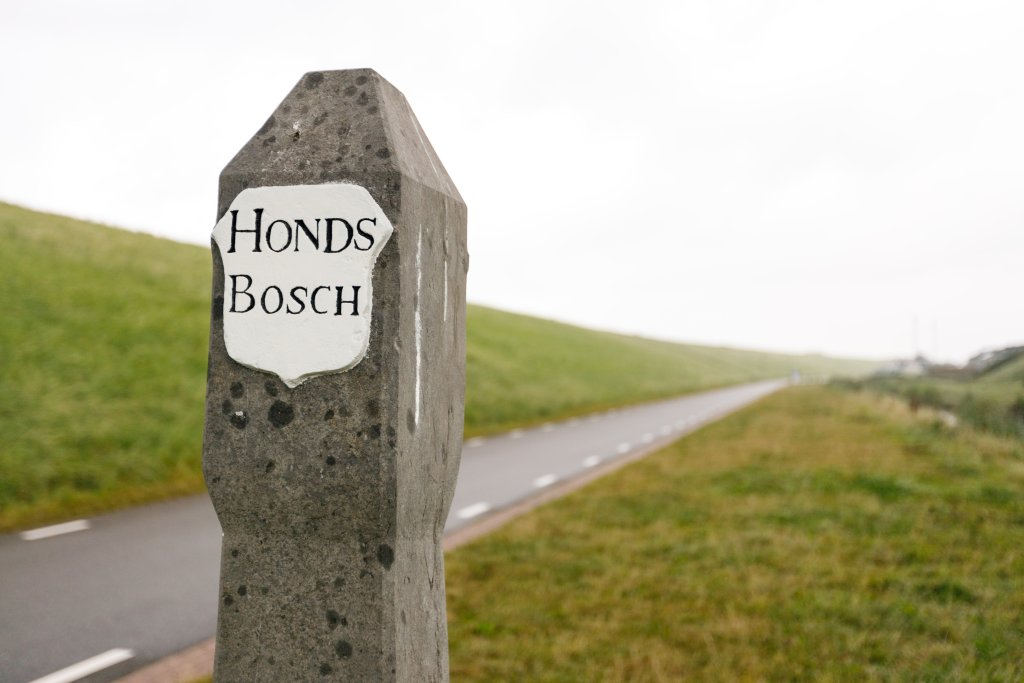
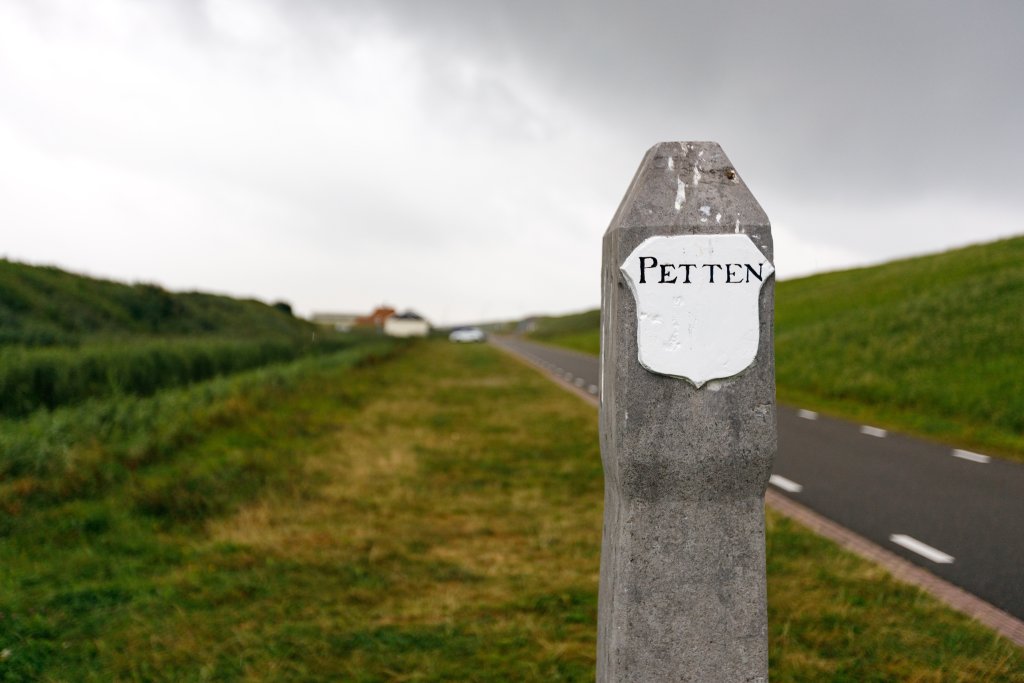

State Water Board longest tenure
The State and the Hondsbossche Water Board did not pull together on dike improvements. This resulted in differences between the two dikes. The said district water board merged in 1921 into the new Noordhollands Noorderkwartier district water board. When both dikes were raised to the level of the Delta around 1970, 'Noordhollands Noorderkwartier' and Rijkswaterstaat each went their own way. This resulted in a slightly higher and steeper Pettemer Zeewering. It was not until 1990 that both seawalls came into one hand, namely that of the high water board. This transfer was part of the 1978 policy of transferring coastal management to sufficiently powerful water boards. In fact, it was only then that the boundary stone was really finished.
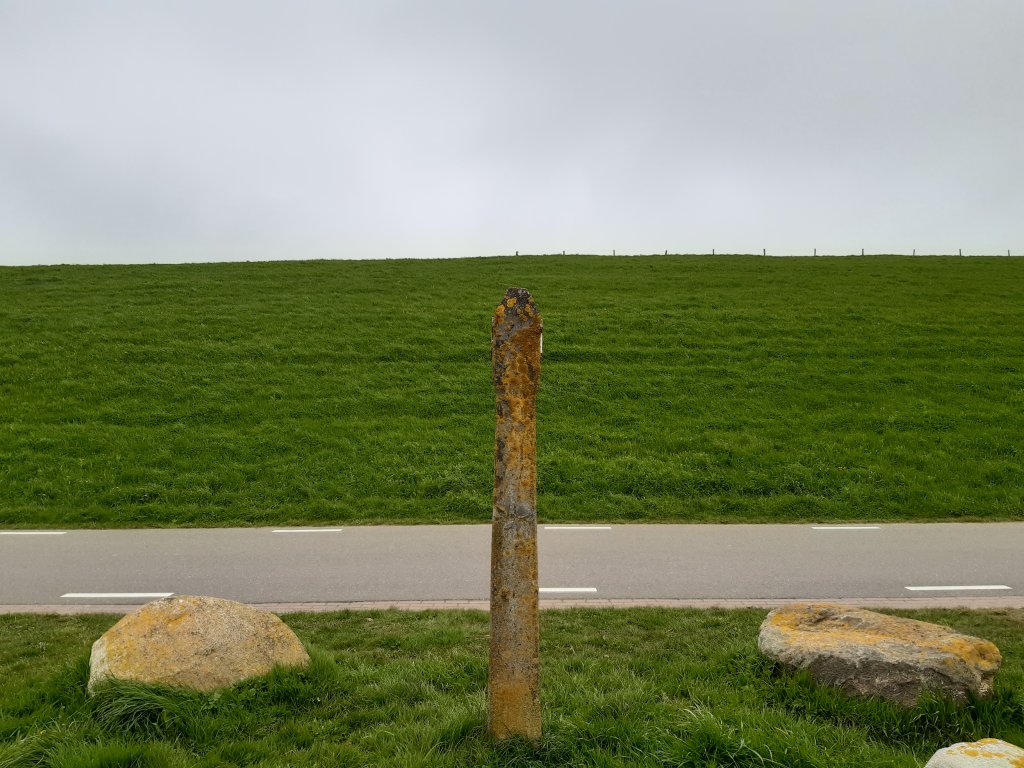
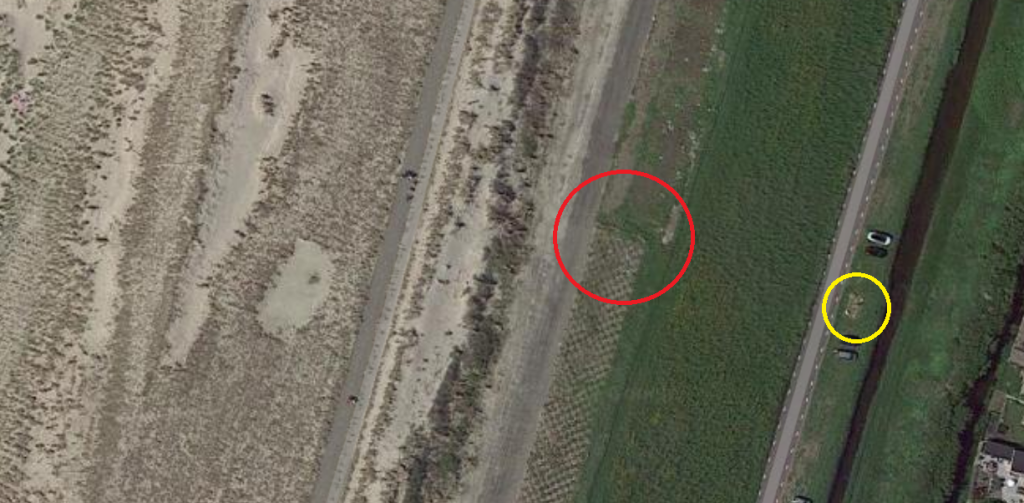
New dike improvement
In 2004, it became clear that the Hondsbossche and Pettemer Seawalls no longer met safety requirements. They were one of the weakest links on the Dutch coast. In 2015, the current dike manager, Hoogheemraadschap Hollands Noorderkwartier, chose to combine safety with new opportunities for recreation and tourism. Boskalis Netherlands reinforced the coast with 35 million cubic meters of sand sucked up from the sea off the coast of the Hondsbossche and Pettemer Zeewering. This created a new beach and dunes. This led to the renaming of the seawalls encased in sand to the Hondsbossche Dunes.

Additional
Hiking
- Various hiking routes of the Wandelnetwerk Noord-Holland, starting point Petten
Bikes
- A historical tour of Petten (Historical Society De Zijpe)
- Cycling through the Schoorl Dunes (route.nl)
- Around Petten and Schagen (route.nl)